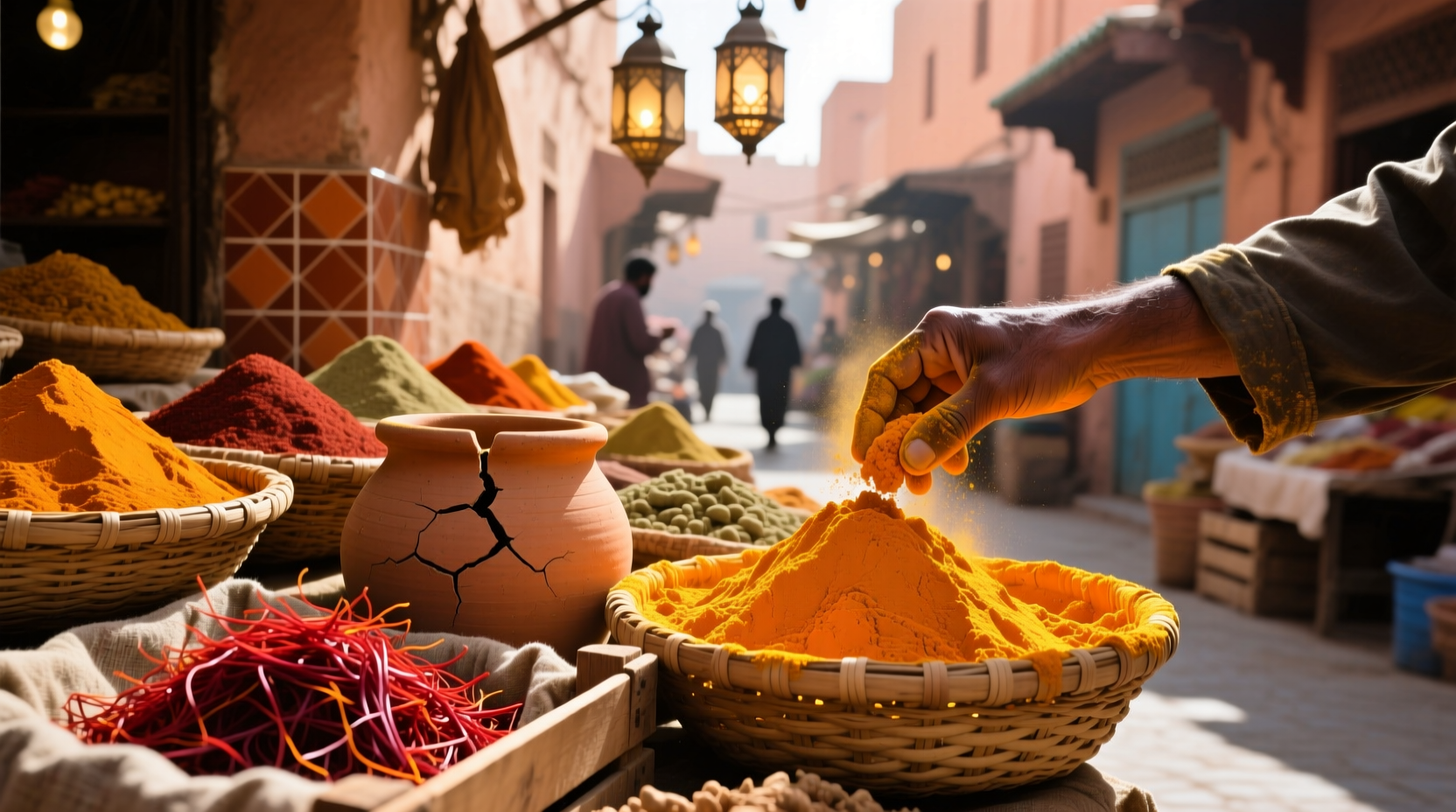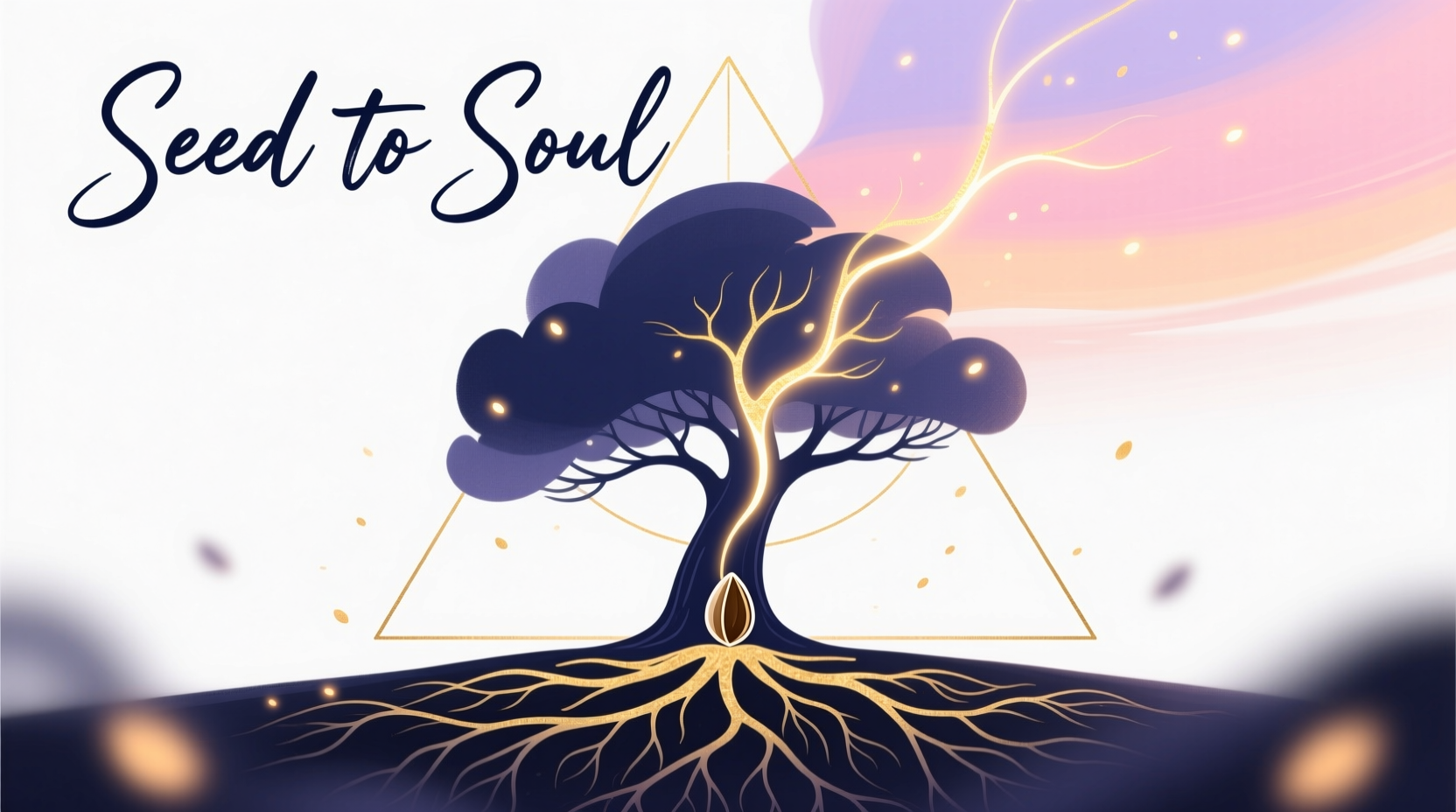Imagine holding a jar of turmeric in your kitchen. That vibrant yellow powder represents centuries of agricultural tradition, cultural exchange, and personal connection that transforms ordinary cooking into meaningful experiences. The seed to soul concept reveals how spices travel from soil to table while carrying the stories of generations, connecting us to distant lands and ancient practices with every pinch we add to our meals.
The Historical Roots: From Ancient Fields to Global Tables
Spice trade routes stretching back 4,000 years created the foundation for today's global spice availability. Archaeological evidence from the Harappan civilization shows cardamom and turmeric were traded as early as 2000 BCE. The Silk Road wasn't just about silk—spice caravans carried cinnamon from Sri Lanka, pepper from India, and cloves from Indonesia across continents. These journeys weren't merely commercial; they represented cultural exchange that shaped cuisines worldwide.
| Era | Key Spice Routes | Major Spices Traded | Cultural Impact |
|---|---|---|---|
| Ancient (2000-500 BCE) | Arabian Peninsula routes | Frankincense, Myrrh, Cinnamon | Religious ceremonies across Mediterranean |
| Classical (500 BCE-500 CE) | Silk Road expansion | Pepper, Cardamom, Turmeric | Medicinal applications in multiple civilizations |
| Medieval (500-1500 CE) | Monsoon-driven sea routes | Nutmeg, Cloves, Ginger | Flavor preservation techniques developed |
| Modern (1500-Present) | Global shipping networks | All major spices | Culinary fusion and cultural exchange |
Cultural Integration: More Than Just Flavor
Spices rarely arrive in new cultures as mere ingredients—they bring entire belief systems and traditions. Turmeric's journey from Indian fields to Western kitchens illustrates this perfectly. In Ayurvedic medicine, turmeric represents purification and healing, concepts that have gradually influenced Western wellness practices. The Smithsonian Institution's Foodways documentation shows how immigrant communities preserve cultural identity through spice usage, with 78% of first-generation families maintaining traditional spice blends as cultural anchors.

Personal Connection: The Soul Dimension
The 'soul' in seed to soul emerges when spices become personally meaningful. A study by the University of California's Food Psychology department found that people who understand the origins of their spices report 40% greater meal satisfaction. This connection transforms cooking from a chore to a mindful practice. When you know your saffron comes from a cooperative in Morocco where women harvest crocus flowers at dawn, each thread carries emotional weight beyond its culinary function.
Practical Applications for Modern Cooks
Implementing seed to soul thinking doesn't require becoming a spice historian. Start with these actionable steps:
- Trace one spice: Choose a spice you use regularly and research its journey using resources like the International Spice Association's origin database
- Seasonal awareness: Understand when your spices are harvested (pepper berries ripen in spring, saffron in fall) to connect with natural cycles
- Traditional preparation: Learn authentic grinding or toasting methods that maximize flavor and honor cultural practices
- Story sharing: When cooking with others, share what you've learned about your ingredients' journeys
Challenges in the Modern Spice Supply Chain
Today's spice industry faces significant challenges that obscure the seed to soul journey. The Food and Agriculture Organization reports that 20-30% of spices undergo adulteration during processing, breaking the connection between origin and consumer. Certification programs like Fair Trade and Direct Trade are working to restore transparency, but consumers must be proactive. The American Spice Trade Association's 2024 transparency initiative now requires participating companies to disclose at least three points in their supply chain—a step toward reclaiming the complete seed to soul narrative.
Bringing Seed to Soul Into Your Kitchen
Transform your relationship with spices through these practical exercises:
- Origin mapping: Create a world map in your kitchen and mark where each spice originates
- Seasonal spice journal: Track which spices you use during different seasons and note emotional connections
- Cultural exploration: Each month, choose a spice and research its traditional uses in its culture of origin
- Direct sourcing: Purchase from farms or cooperatives that share grower stories and processing methods
Understanding the seed to soul journey transforms ordinary cooking into a practice rich with meaning. When you recognize that each spice carries centuries of human experience, your kitchen becomes a portal to global traditions. This awareness doesn't just improve your cooking—it deepens your connection to the vast network of people and practices that bring flavor to your table. The next time you reach for that jar of cumin or cinnamon, remember you're holding a fragment of history, a piece of culture, and a key to personal fulfillment.











 浙公网安备
33010002000092号
浙公网安备
33010002000092号 浙B2-20120091-4
浙B2-20120091-4